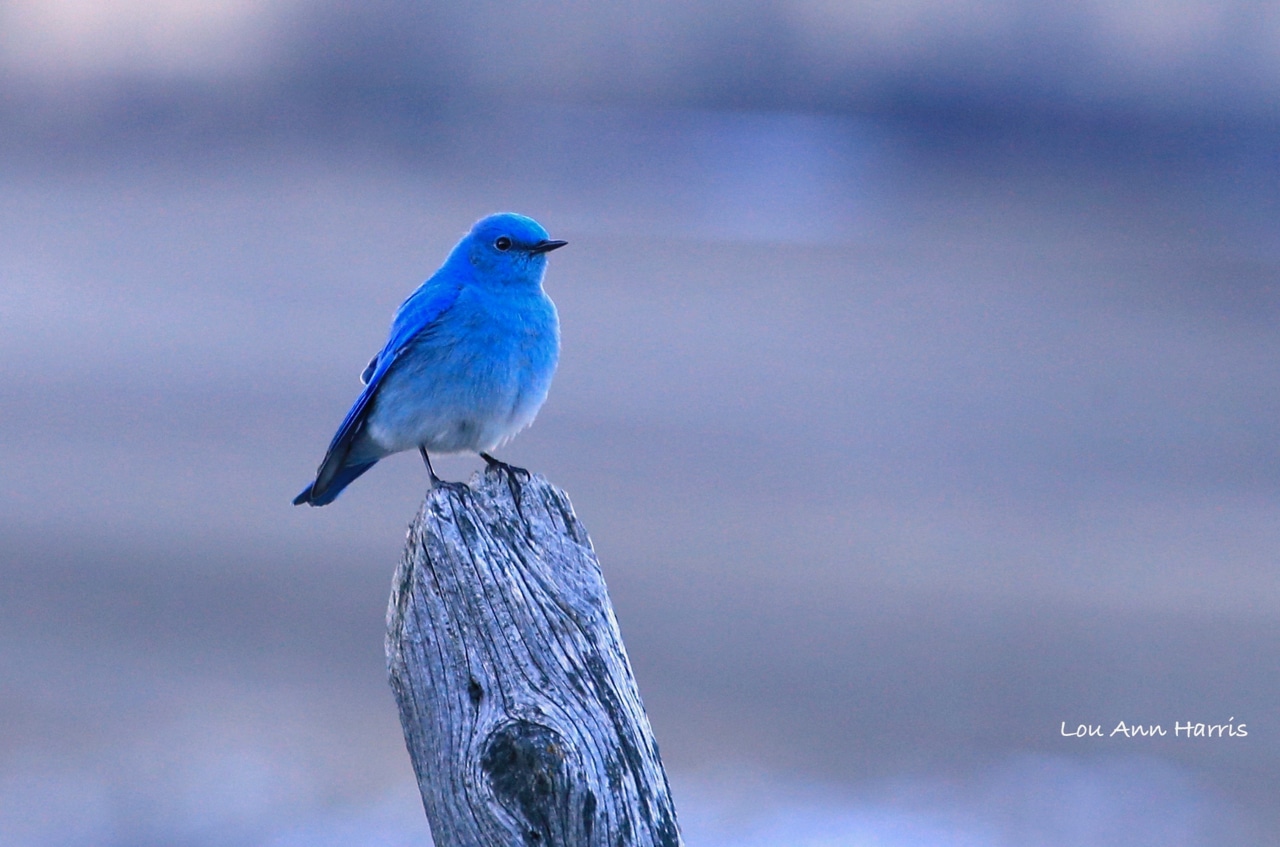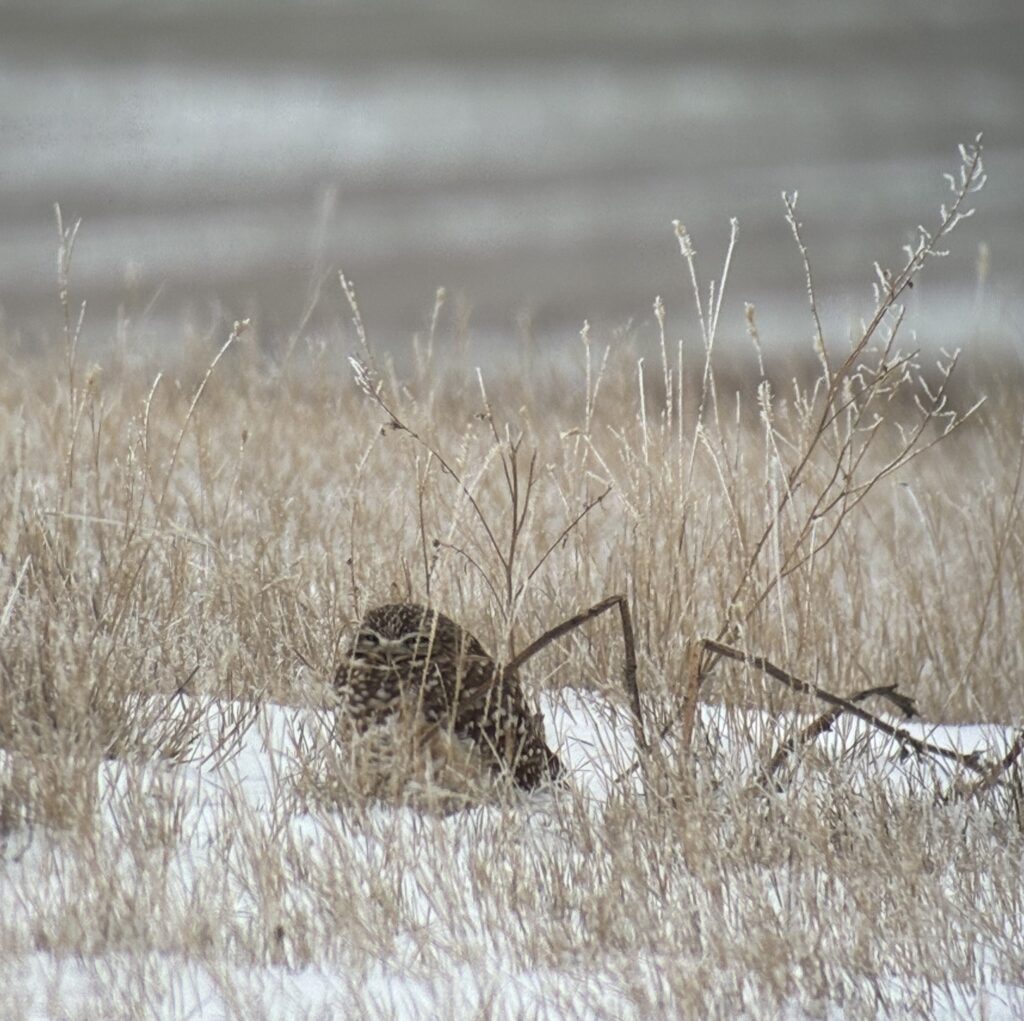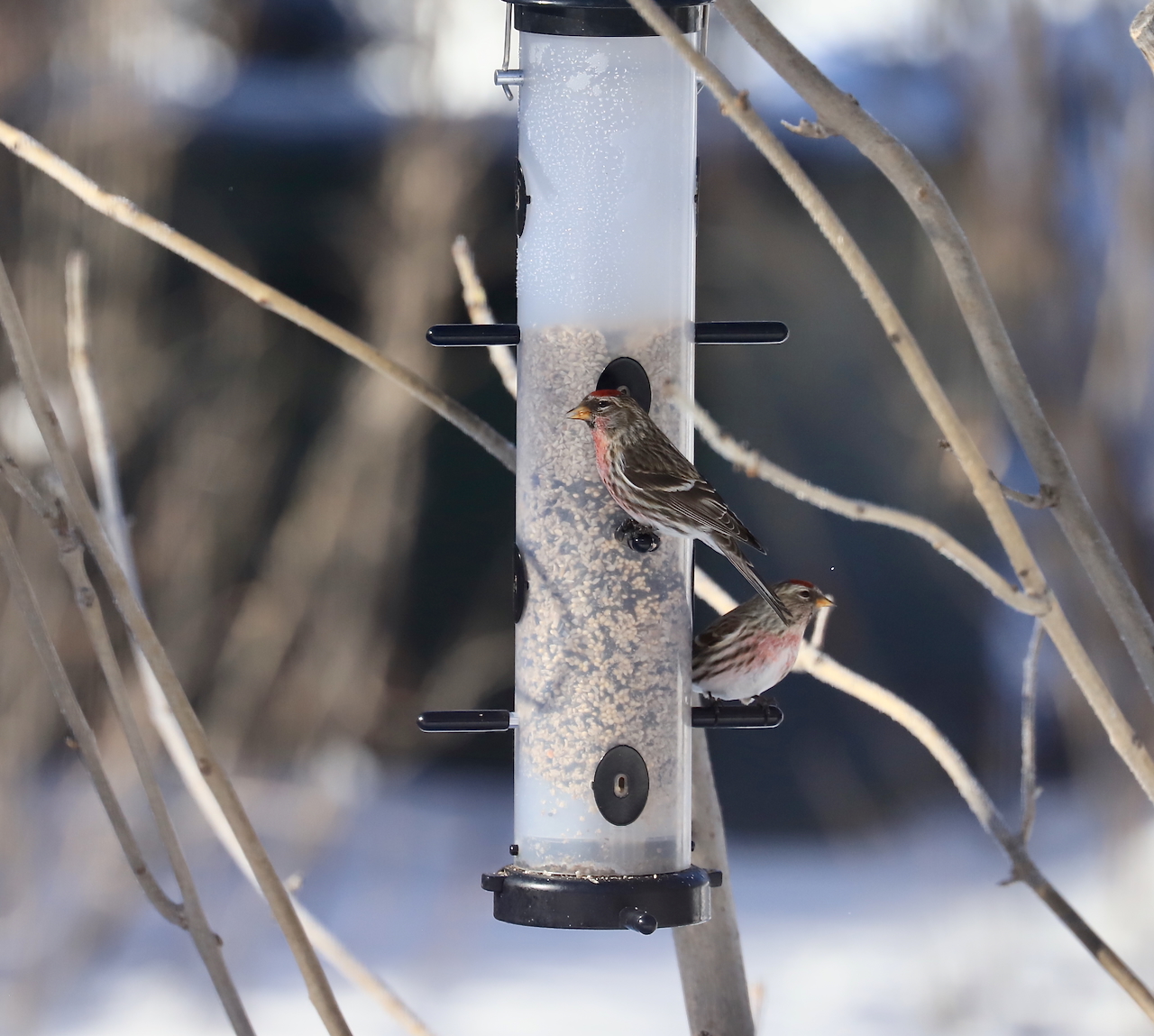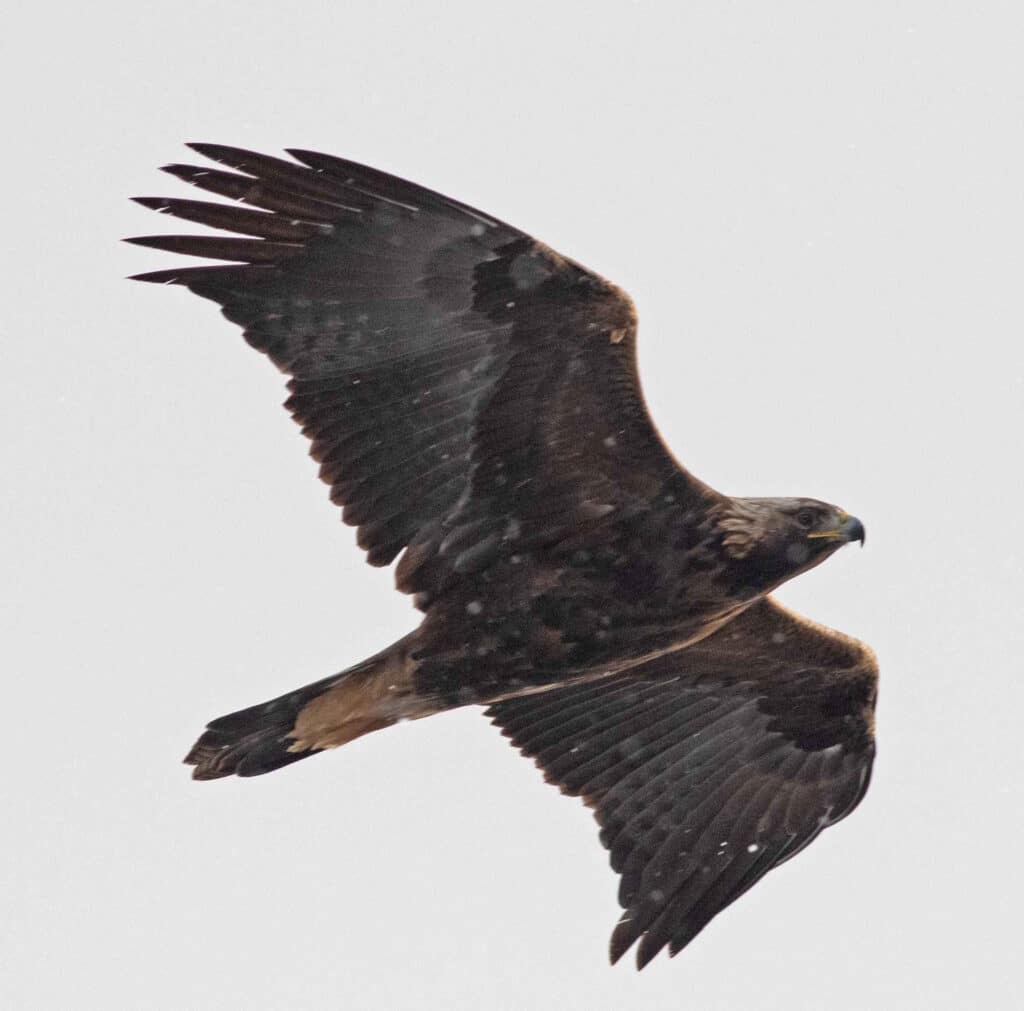Bird Notes by John Parker
March is here, that exciting time when each week of spring pulls new migrants to the north. For southwest Montana the iconic “first bird of spring” is the Mountain Bluebird. What can make you anticipate the warmer temperatures of spring more than the sight of a bluebird against a white snowscape? Occasionally a Mountain Bluebird will turn up in February, but the first bluebird spotted in this area usually occurs during the first week of March.
Many of the earliest migrants spend the winter in the region just to our south, and some of the waterfowl will over-winter anywhere water remains open. Most of these early migrants are what are called “weather-dependent migrants,” meaning they are somewhat flexible in the timing of their migration. So, if it was a harsh winter and the lakes and streams open later than normal, these birds can delay their northward movements without greatly affecting the mating and nesting season. The opposite is also true, so that during mild periods these early migrants might take advantage and get a jump on the breeding season. And in the case of late cold spells, some early migrants may reverse migrate. I’ve seen a couple of years when late March cold spells have forced the Snow Geese, Tundra Swans, and ducks at Freezeout Lake to fly back south to the open water on the Missouri River. Discounting the vagaries of the weather, when is that first big push of spring migrants?
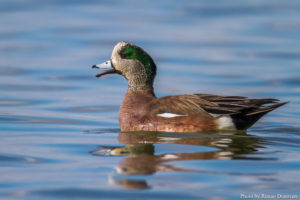
Beside bluebirds, the first week of March ushers in the first ducks including Northern Pintails, Ring-necked Ducks, and Hooded Mergansers. The pintail migration can be quite dramatic, with the earliest arrivals beginning with first ice-off and the numbers building rapidly to peak numbers by the third week in March.
The variety of waterfowl continues to increase the second week of March, with the first waves of Snow Geese, Gadwall, and American Wigeon. This period also sees the arrival of a species not typically associated with the first signs of spring: Ring-billed Gull. I wasn’t aware that gulls could be one of the first migrants to arrive, until the Gallatin County landfill was moved from Bozeman to Logan. Gulls love landfills. The relocated landfill, with its abundant food source located closer to their migration route along the Missouri and Jefferson River corridors, became much more attractive to the gulls. If you are driving along Interstate 90 in mid-March, watch for the gulls moving between the landfill and Gallatin River. It’s possible that a few California Gulls might be in the mix, too.
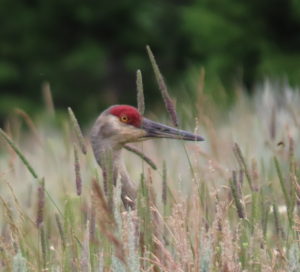
Adding to the earlier arrivals are new waves of Tundra Swans, Northern Shovelers, Lesser Scaups, Redheads, Canvasbacks, and American Coots. During this same period, after the midpoint in March, some other types of birds begin to arrive. Sandhill Cranes really begin to make their presence known with their bugling and dancing as they claim their breeding territories. American White Pelicans start to be seen soaring over the river courses as they make their way to their breeding colonies at Canyon Ferry Reservoir and Lake Bowdoin. Killdeer are starting to insistently call along the shorelines, Red-winged Blackbirds are beginning to sing from any available cattail, and American Robins are suddenly everywhere.
By the fourth week of March the variety and numbers of waterfowl are nearing their peak, and the last of the ducks such as Cinnamon Teal, Green-winged Teal, and Red-breasted Merganser begin to increase in number. The end of March also sees the arrival of the first true insectivores. When they first arrive and the conditions are right, Tree Swallows can be found by the thousands as they forage low over the Madison River. If you are very lucky, you might spot a single Say’s Phoebe in the dry benches above the river. And be sure to watch overhead for the first kettle of Turkey Vultures.
And then it’s April, when longer-distant migrants like Osprey, Common Loon, and Eared Grebe begin to arrive from the Pacific and Gulf of Mexico. These birds are more “time-dependent migrants,” meaning they are not as flexible about the conditions required for their survival. If the bodies of water these birds rely on for food and safety freeze, it could be catastrophic for them.
While it’s hard to be patient during early spring, waiting for all your favorite birds to arrive, there’s still a lot to be excited about during March.

